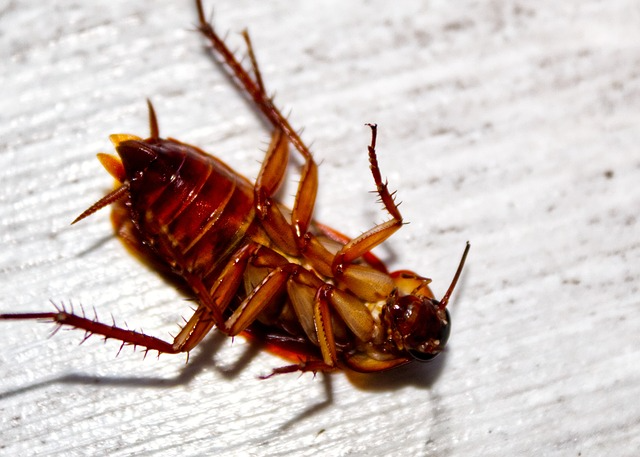The German cockroach (Blattella germanica) is a sneaky and flexible bug that has spread around the world and is now a common problem in people’s homes. The first step in successful control is to find these sneaky invaders. Let’s figure out what the German cockroach is by looking at its unique features, how it acts, and the signs that it is there.
German cockroaches are small, usually between 0.5 and 5/8 of an inch long. They are light brown to tan, which helps them fit in with their surroundings. One thing that makes it stand out is the two dark lines that run parallel down the pronotum, which is the shield-like structure that covers the thorax.
Distinctive Behaviour: Knowing how German cockroaches act is very important for identifying them. Because these bugs come out at night and like it warm and damp, kitchens and bathrooms are great places to hide. They are great climbers and like to be near food sources, where they can find bits, grease, and other leftovers. German cockroaches have wings, but they don’t use them for long periods of time like some other cockroach types do.
Reproductive Skills: German cockroaches are known for having a lot of babies very quickly. A female can carry an egg sac with up to 40 eggs inside it until the eggs are almost ready to hatch. Because of this behaviour, the egg cases are often hard to find because they are hidden in quiet places. When these eggs hatch, they make nymphs that look like little adults. They go through several moults before they become fully grown.
Nocturnal Habits: These roaches are mostly nocturnal, which means they are most busy at night. Because they only come out at night, they are hard to find during the day. They like to hide in cracks, gaps, and other safe places and only come out at night to look for food.
Strong Smell: When there are a lot of German cockroaches in a room, the smell can be strong and musty. This smell comes from chemicals that the roaches give off and can be another sign that they are there. If you smell something bad and strange in your home, it could mean that there are a lot of cockroaches living there.
Signs of an Issue:
German cockroach droppings look like small, dark spots that look like pepper. These can be found in corners, near places to store food, or along the walls.
Smudge lines: As roaches move around, they leave behind smudge lines on surfaces. The dirt and oil on their bodies caused these marks.
Shells for Eggs: The shells for eggs are small, brown, and purse-shaped. In secret places like behind appliances, in cracks, or under shelves, you might find them.
Nymphs: German cockroach nymphs, which are young adults, are often found near where they hide. As they get bigger, they moult several times, making them look like little adults.
Prevention: Figuring out what German cockroaches are is the first thing that needs to be done, but the most important thing is to keep them from coming back. To keep these pests from moving into your home, seal up any holes they can use to get in, get rid of any food sources they can find, and keep the area clean.
Understanding the unique traits and behaviours of the German cockroach will help people take action to control and avoid outbreaks. Finding and getting rid of these tough invaders from your homes requires quick action and early discovery.
